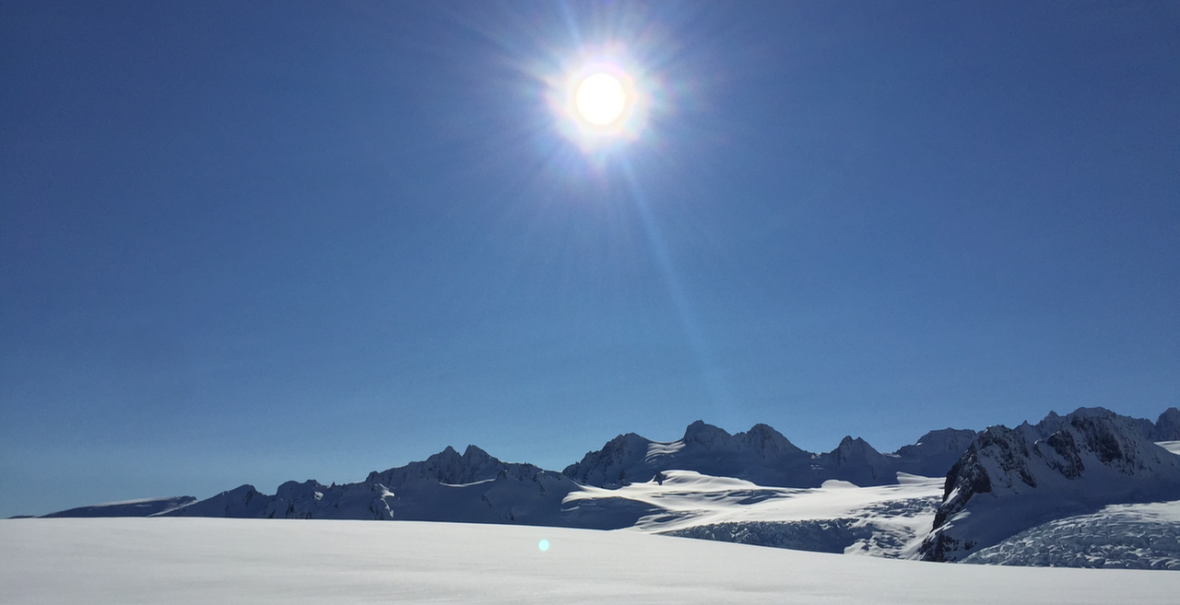The Meditative Stages of Moving from Grief to Transformation

“Karen’s Apotheosis”
Immersion—Be with the grief and face it. It is already overwhelming, calling for your attention, so allow yourself to be overwhelmed. Allow your immersion in the pain without seeking to avoid it through any means.
This will be possible at certain times, but not at others. There is a true need for relief and so, occasionally, we must engage in diversions.
However, we must also begin to grasp that diversions are sedations. This becomes more meaningful as we dive deeper into the process. Actually, we sedate ourselves constantly in order to remain stuck in time. We choose an habitual experience over one that is new, yet unknown.
Abiding — As we settle in with our grief, we observe several emotional states, each of which appear to be distinct, but are actually shades of fear: hopelessness, dejection, anger, incredulity, dismay, sorrow, and so forth. Tears and outrage are natural responses to grief, and this is a form of release and cleansing, as long as we maintain a measure of mindfulness—this is to say, that we must endeavor to not become completely and dramatically identified with the feelings of grief. Again and again, we must struggle against this identification, which will often take the form of a story that we tell ourselves, repeatedly. Learn to become still within the grief.
Mindfulness — The process of moment-to-moment awareness enables us to more clearly observe that there are sensations in our bodies which correspond directly to our emotional state. There is an emotional intensity which is directly felt in the body. Take your awareness to the focal point of this intensely felt perception.
There may be several such focal points. Start with the most intense sensation. Fully feel the poignancy of engaging this sensation within the body. Stay with this sensation, and when the mental flux shifts and one’s resolve wavers return to it again and again. Eventually, the severity will lessen and change. This is an indication that the emotional intensity is becoming integrated.
Here we may begin to realize that our grief has many depths. Certainly, there is the top layer of the grief which is directly related to our most-immediate, terrifying loss, perhaps the loss of our partner or other loved one. Nevertheless, as we investigate more discerningly, we will come to recognize that this most immediate experience is not all that we are grieving. We are beginning to penetrate our way into a lifetime of accumulated grief.
Recognition — There is a useful work statement in the process to self-actualization: “We are seldom upset for the reason we think.” Certainly, we are upset because of our tremendous loss; however, we are upset for a good deal more. Grief compounds.
Clearing — As we stay with our emotion and intensity is released, bodily sensations shift. Find the most dominant physical sensation, and use it as a focal point. Stay with the emotional intensity. When this lessens, healing energy is released, and constriction gives way to spaciousness, to an openness in the body. This also invariably corresponds to an opening in the heart and the mind. Move your awareness to another area in the body in which sensation is intense, and continue for a time with this process.
Opening — When release in the body/mind occurs an opening arises into which something new will enter. This state of novelty is a true portal to the spiritual dimension.
Entry — The spiritual experience is one of radical novelty. It is not actually dependent on one’s array of life experiences, although it always carries a sense of deep, soulful familiarity. The spiritual experience is forever new, and it nourishes us in a way that is perfectly consonant with our immediate needs. It is not dependent in any way upon intellection, imagination, or desire. It cannot be apprehended by the analytic mind, the ordinary faculty of feeling, or the senses. It is known by a higher faculty of the soul. This wholly defies the descriptive abilities of the lower faculties, and yet, In our speaking of it, we can only refer to it in terms that are familiar. Language and imagery are not adequate to the task of describing or explaining our spiritual experience, although these if properly crafted may point to it beautifully. Some might say that the spiritual experience is too vague to be put into words. The spiritual experience, actually, is it more real than than our day-to-day experience. Our means of expression are themselves too vague. Reside in peace as the spiritual reality reveals itself and does its work of transformation.
For supplemental material in the form of separate videos, please click here.
